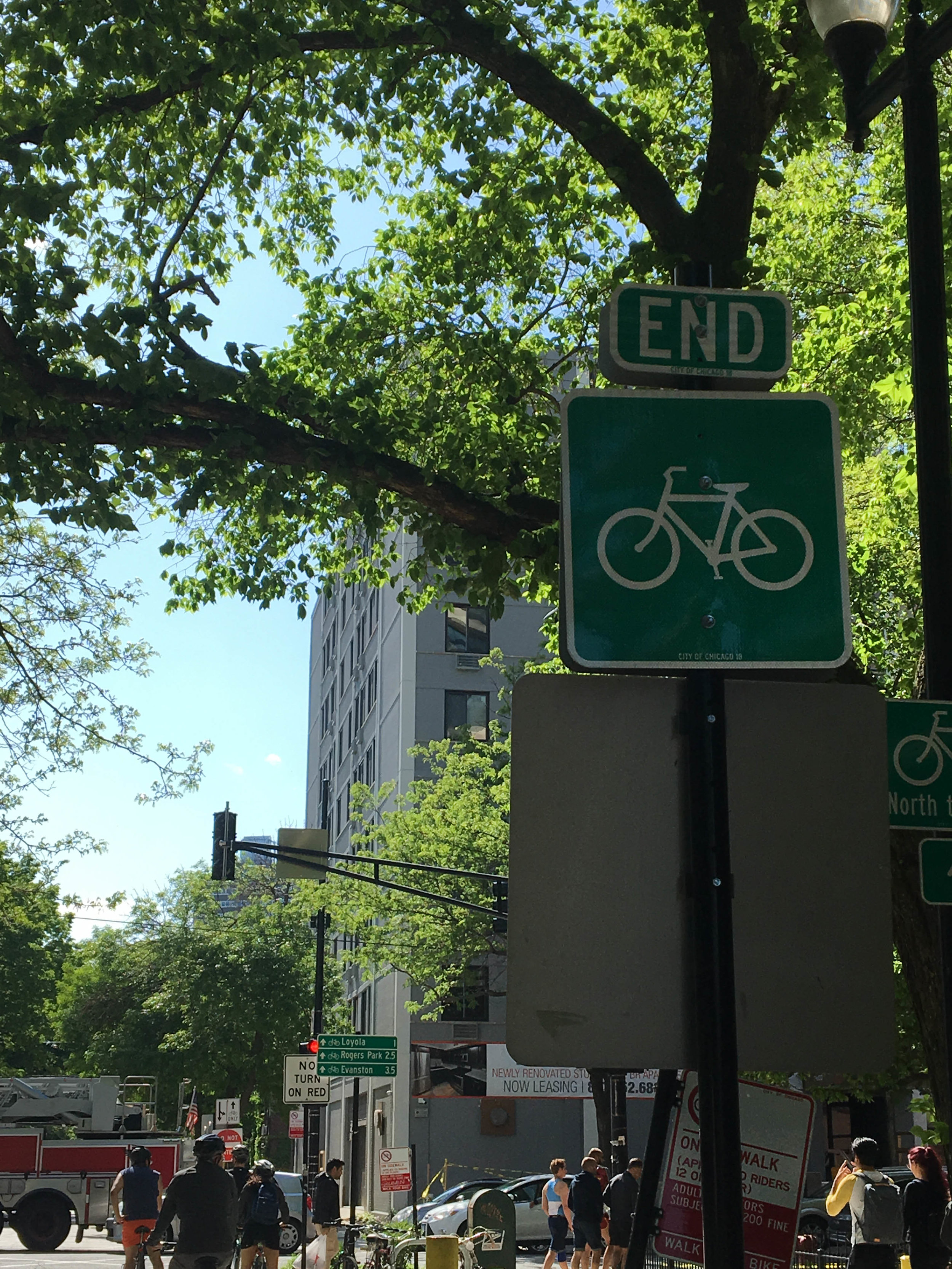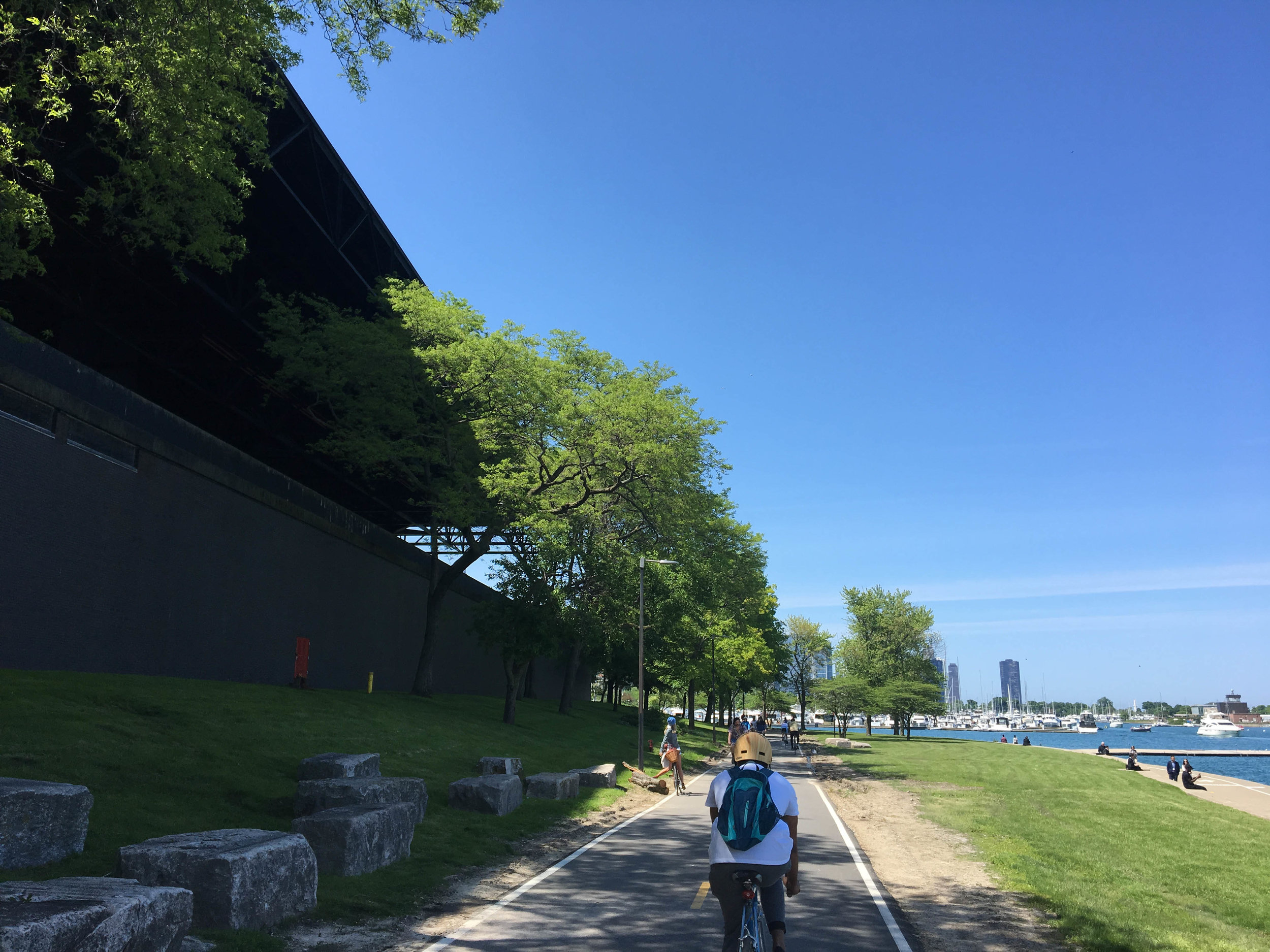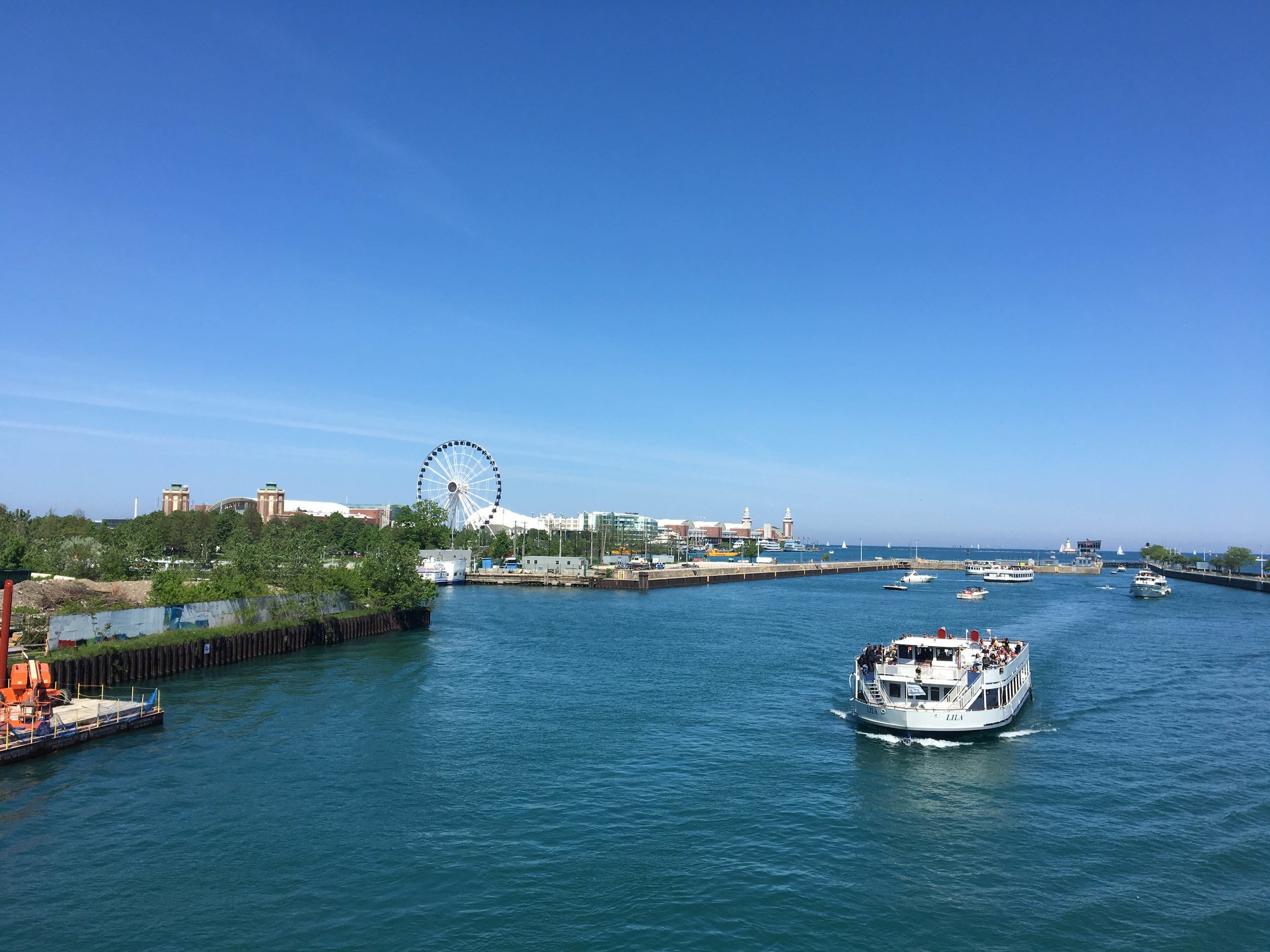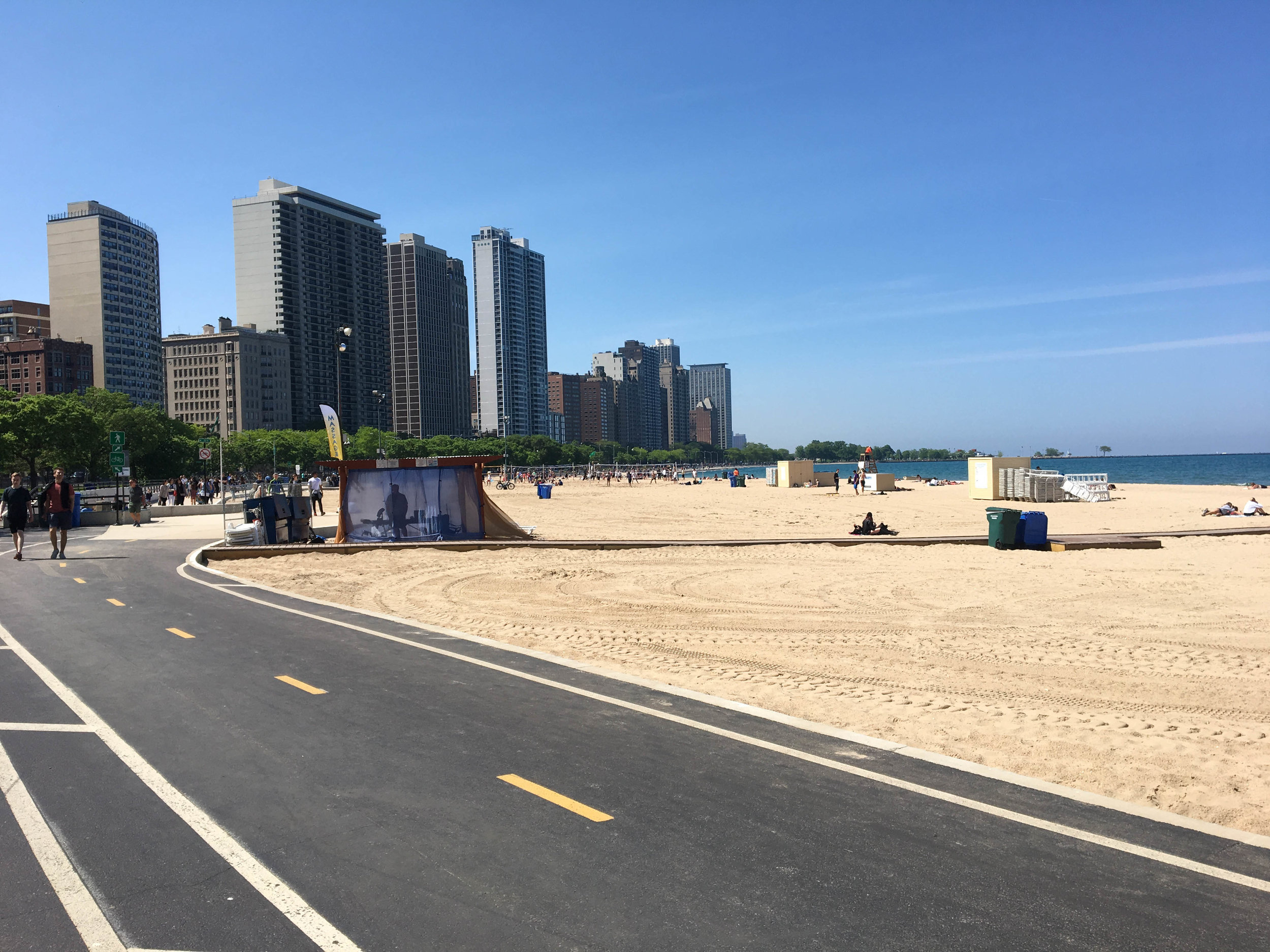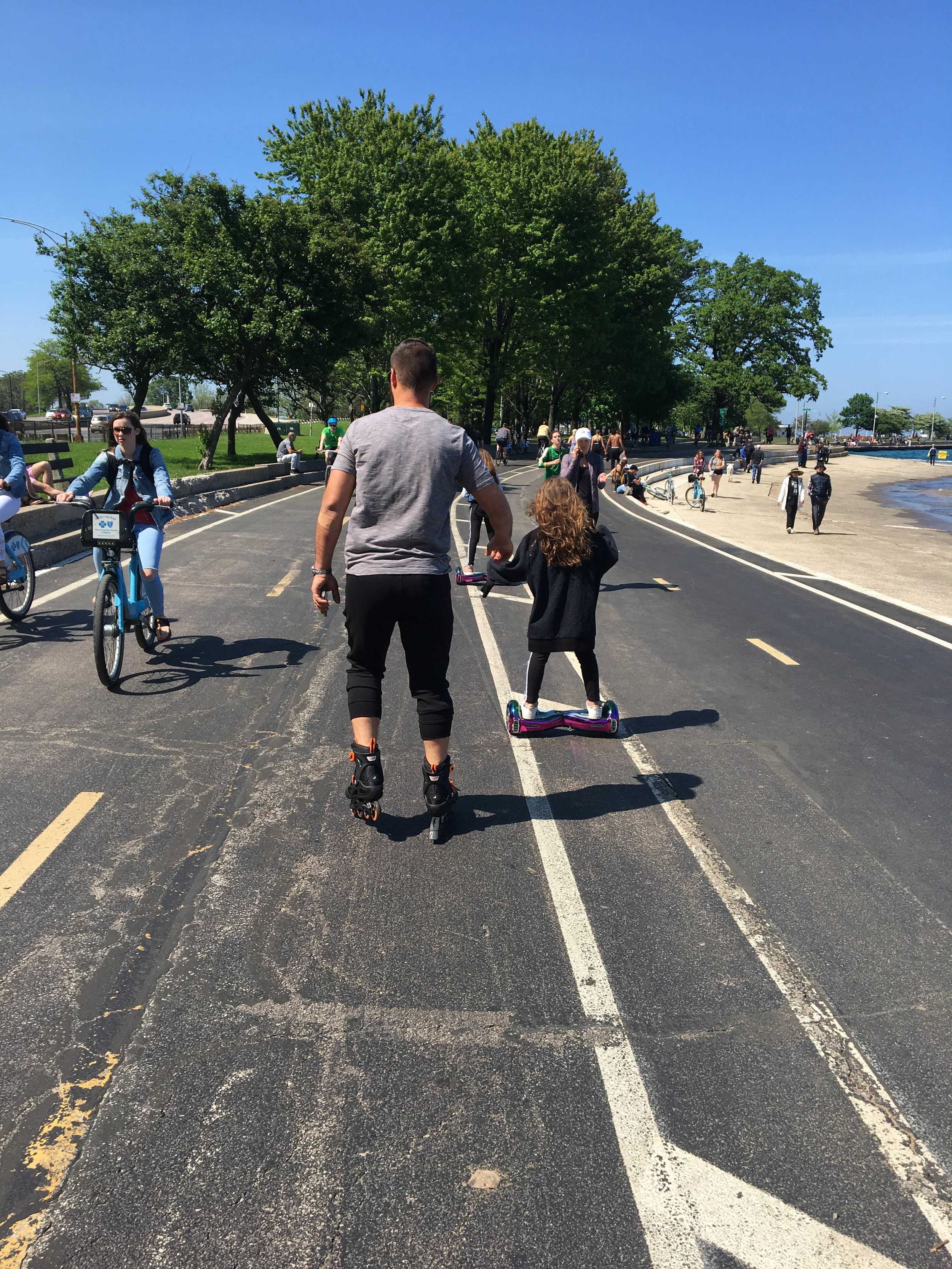Mighty Nesters on the move: biking Chicago's Lakefront Trail
(Note: Be sure and check out my FREE offer at the bottom of this post!)
For years I drove the “KID MVR.” But when our youngest moved to college, it was time for a new license plate. “KID MVR” no longer described me or my car. It was time for a change.
The new plate had to depict my new life; our new situation. Naturally, I thought of our empty nest. I tried several options, including “MT NEST,” but when I saw the online sample plate, it looked like “Mount Nest.” I nixed that idea. After adding a “Y” and deleting an “E” things became much clearer. I settled on “MTY NST.”
Once I got my plate however, I realized the “MTY” looked as much like “Mighty” as it did “Empty.” Initially, I was disappointed. But on further reflection, I started to like the idea of a “Mighty Nest.”
The word “empty” focuses on a negative state, on emptiness. According to dictionary.com “empty” is defined as “containing nothing. Having none of the usual or appropriate content.” So “empty” is the absence of something that should be there. Like an empty gas tank or fridge or wine glass, emptiness is typically not a preferred state of being. Yes, our kids are mostly absent now, but does that mean our nest and our lives are empty?
I like to focus instead on the fullness and potential of our new situation. The definition of “mighty” is “great in amount, extent, degree, or importance; exceptional.” If we consider our to be nest mighty, rather than empty, we can fill it with a “great amount” of good things! A mighty nest has strength, possibility, and promise.
So these two empty nesters are striving to be “mighty nesters.” We’re still catching on, but I think we’re learning the secrets to creating a mighty nest. One strategy we’ve practiced since before the kids left home is finding pastimes we both love, and then doing them together; pastimes such as biking and exploring new trails.
Recently, we biked Chicago’s Lakefront Trail, something we’ve wanted to do for a few years. Since we had plans to visit my sister’s family in the suburbs, it was easy to add biking to our weekend (because empty–I mean–mighty nesters have that kind of freedom!).
Taking on the trail.
As we left the suburbs, it was a perfect, sunny, 70-degree day. Approaching the shores of Lake Michigan however, the car thermometer took a nose-dive to around 62. If you’re biking in Chicago, it’s wise to remember it’s called the “Windy City” for a reason, and come prepared. Having checked the forecast, we had worn long biking pants and brought our windbreakers. Since the breeze was coming from the northeast, we started near the south end and biked north, against the wind first.
The trail is 18.5 miles long and since we would double-back whatever distance we rode, we opted to start five miles from the south end, to ensure we’d get to the heart of downtown. We found a parking lot in Burnham Park, along Lakeshore Drive, just north of the Museum of Science and Industry.
The terrain of the trail is generally flat, with an occasional small hill; nothing a novice biker couldn’t handle. Although there were plenty of people on the path, it didn’t seem crowded. That is, except for one spot (under a bridge near Navy Pier) where the trail seemed unfinished or under construction, and became bumpy and very narrow. It was also packed with pedestrians at that point, making this short stretch quite precarious.
We biked to the trail’s end, north of Lincoln Park, so our round trip distance was 28 miles. Our ride time was about two hours, 20 minutes, but we sat and enjoyed the views for another hour and a half, making our total time just under four hours. Parking at the Burnham Park lot was a reasonable $2/hour, so we spent a total of $8 for a very enjoyable afternoon. (Okay, we spent a little more on supper afterward, but since our afternoon entertainment was so cheap, we could afford to, right?)
My impressions, in a word.
So, how was the trail? If I had to summarize Chicago’s Lakefront Trail in one word, it would be “Diversity.”
First, there was a diversity of sights. We strolled by famous Chicago landmarks like McCormick Place, Soldier Field, Field Museum, Adler Planetarium, Shedd Aquarium, Grant Park’s Buckingham Fountain, Navy Pier with its iconic Ferris wheel, John Hancock Center, and the Lincoln Park area.
Along with these landmarks came a diversity in surroundings. We passed by tall grasses, wildflowers, and beautifully landscaped gardens. Several unique sculptures dotted the parks and scenic areas. The Chicago skyline is always a glorious sight to behold, as it stands in stark contrast to the sandy shores of Lake Michigan. From the skyscraping Willis Tower to the historic Drake Hotel, from steel and mirrored glass to limestone, all are a feast for the eyes while biking the trail. Looking in the opposite direction, we beheld the azure blue waters of the lake until they met up with the powder blue sky at the horizon.
As we moved along, we marveled at the diversity in sporting activities people were engaged in. While Americans have a reputation of being lazy and spending too much time staring at their screens, this didn’t seem to be true on this glorious afternoon. There were games of all sorts: beach volleyball, baseball, pick-up basketball, golf, and tennis. And soccer players? There were swarms of them buzzing around in brightly colored jerseys. We saw beachgoers too, despite the cool temperatures, and three crazy people were actually swimming in the frigid waters. But the most unique athletes were the acrobats at the Trapeze school, swinging through the air, learning tricks. Their motto, “Forget fear. Worry about the addiction,” could be applied to biking as well. (Just ask my husband.)
The trail itself showed us a diverse sampling of people-powered (and electric) modes of transportation. We expected a typical bike path similar to those we’ve visited elsewhere. But Chicago is no “elsewhere.” Most of the Lakefront Trail is four lanes wide; two lanes for bikes (and other wheeled devices) going in either direction and two lanes for those on foot walking, running, or pushing strollers. We passed people on roller blades, traditional skateboards, one-wheeled electric skateboards, Segways, and hoverboards. There were numerous “Divvys,” the blue bikes belonging to Chicago’s bike-share system, and bike surreys, carrying 3-4 people. Of course, there were also standard road bikes, like ours.
Finally, what I found most striking, was the diversity of people we encountered. From the youngest babes in arms or strollers to the elderly man shuffling along, there were people of all shapes and sizes, representing a myriad of races and ethnicities. Hair colors ranged from blonde, brunette, ginger, and black; to green, blue and bright purple. There were singles and couples (of mixed and same sexes) holding hands; there were families and friends. We noticed a man doing Tai Chi on the beach, an apparent cowboy convention group (evident by the hats they wore), businesswomen in high heels and power suits, and beach bathers in bikinis.
My takeaway.
Thousands of people, representing a slice of humanity, peacefully shared the same trail, the same sunshine, and the same breezes off the lake. All different. And yet all the same as we took in the beauty of God’s wide and varied creation.
At times, I felt small and insignificant in this grand scheme. And yet, at the same time I felt so connected to the world around me. A world filled with remarkable sights and surroundings. A world filled with countless things to do and ways to move from place to place. A world filled with fascinating and diverse human beings who, when they want to, can play and move and live side by side, in peace.





